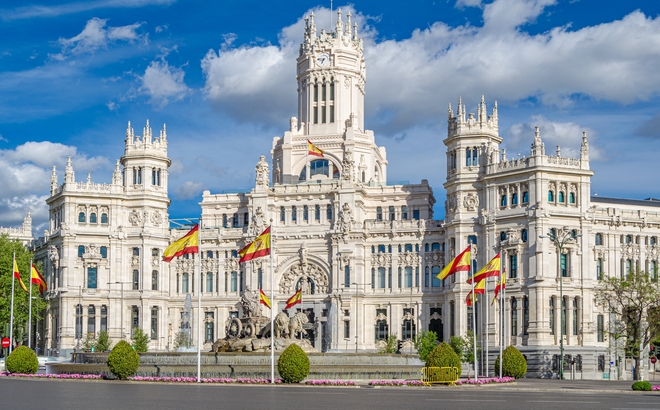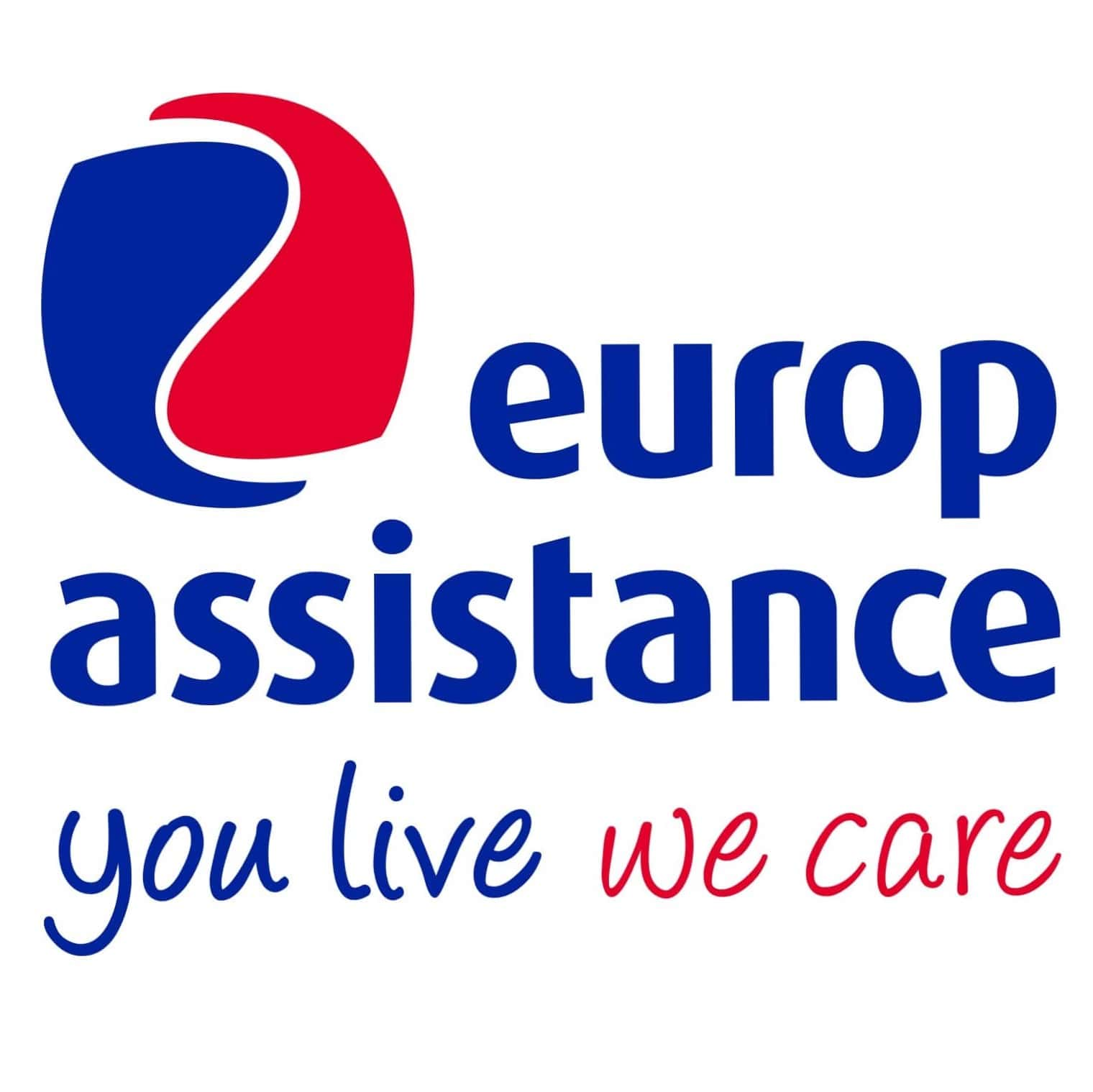Which European Cities to Visit in 3 Days?

The "city break" is becoming increasingly popular among travelers looking for a hassle-free getaway. This type of trip is especially suited to Europe, where distances between major cities are short and transport networks are well-developed. Want to explore Europe? Discover the best European cities to visit in 3 days and our travel tips for a successful city break.
Our Selection of European Cities to Visit in 3 Days
3 Days in Madrid
Spain’s vibrant capital captivates with its blend of history, culture, and gastronomy.
Day 1: Start at Plaza Mayor and the Royal Palace before strolling through the bohemian La Latina district. In the afternoon, admire masterpieces at the Prado Museum, then end your day with tapas in the lively Malasaña neighborhood.
Day 2: Visit Retiro Park and its stunning glass conservatory, then explore the Reina Sofía Museum, home to Picasso’s Guernica. After a gourmet stop at San Miguel Market, watch the sunset at the Temple of Debod.
Day 3: Before leaving, tour the Santiago Bernabéu Stadium, a paradise for football fans, or explore the trendy Chueca district, known for its stylish boutiques and vibrant atmosphere.
3 Days in Rome
The Eternal City fascinates visitors with its ancient ruins, elegant squares, and dolce vita.
Day 1: Step back into antiquity at the Colosseum, then continue to the Roman Forum and Palatine Hill. After a terrace break, head to the Pantheon and Piazza Navona.
Day 2: Dedicate your morning to Vatican City—explore St. Peter’s Basilica, the Sistine Chapel, and the Vatican Museums. Return to central Rome for lunch in Trastevere, followed by a leisurely walk through this charming district.
Day 3: End your stay at the Trevi Fountain and the Spanish Steps, with its elegant boutiques. Before departing, enjoy one last pizza, tiramisu, or artisanal gelato.
3 Days in Lisbon
Lisbon, Portugal’s sun-drenched capital, enchants visitors with its picturesque charm, warm ambiance, and breathtaking views.
Day 1: Start in the historic Alfama district and visit São Jorge Castle. In the evening, experience the soul of Lisbon with a Fado dinner in a traditional restaurant.
Day 2: Head to Belém to see the Jerónimos Monastery, Belém Tower, and MAAT (Museum of Art, Architecture, and Technology). Don’t miss tasting a pastel de nata at the famous Pastéis de Belém bakery.
Day 3: Wrap up your trip in the lively Bairro Alto district, then take the Santa Justa Lift or visit the São Pedro de Alcântara viewpoint for a stunning panorama of the city.
3 Days in Copenhagen
A hub of design and hygge, Copenhagen blends quality of life, contemporary architecture, and Nordic traditions.
Day 1: Discover Danish history at Rosenborg Castle, then explore the colorful Nyhavn harbor. In the afternoon, wander through the bohemian Nørrebro district, an open-air art gallery.
Day 2: Visit Amalienborg Palace, home to the royal family, and explore the alternative district of Christiania. After a stop at Torvehallerne food market, visit the star-shaped Kastellet fortress and see the famous Little Mermaid statue.
Day 3: End your trip at Tivoli Gardens, one of Europe’s oldest amusement parks, and take in the city views from the Rundetårn tower.
3 Days in Stockholm
Built on an archipelago, Stockholm captivates with its islands, museums, and tranquil atmosphere.
Day 1: Begin in Gamla Stan, the old town with cobblestone streets and colorful houses. Visit the Royal Palace and the Nobel Prize Museum.
Day 2: Head to Djurgården Island, a green oasis with top attractions like Skansen (open-air museum), the ABBA Museum, the Vasa Museum, and the Gröna Lund amusement park.
Day 3: Explore Södermalm, Stockholm’s trendy district filled with independent boutiques, cozy cafés, and art galleries. Don’t miss Fotografiska Museum and the scenic Monteliusvägen viewpoint.
3 Days in London
Vibrant and cosmopolitan, London is perfect for a culture-filled weekend getaway.
Day 1: Start with the Tower of London, then cross Tower Bridge for skyline views. Enjoy lunch at Borough Market before strolling along the South Bank to the London Eye.
Day 2: Watch the Changing of the Guard at Buckingham Palace, then relax in St James’s Park. Spend the afternoon at the British Museum or National Gallery before shopping on Oxford Street.
Day 3: Explore Notting Hill with its colorful houses and the famous Portobello Market. Rent a bike to ride through Hyde Park, passing Kensington Palace. End your trip with a fascinating visit to the Natural History Museum.
3 Days in Barcelona
Barcelona’s unique mix of Catalan culture, beaches, and architectural wonders makes it an exciting city to explore.
Day 1: Explore the historic center, starting with La Rambla and the vibrant La Boqueria market. Wander through the Gothic Quarter before heading up Montjuïc for panoramic views.
Day 2: Immerse yourself in Gaudí’s world—begin at the Sagrada Família, then picnic in Park Güell. Continue along Passeig de Gràcia to see Casa Batlló and La Pedrera.
Day 3: Spend the day by the sea, relaxing on Barceloneta Beach and strolling around the Olympic Port. Wrap up your trip with drinks in the lively El Born district.
Practical Tips for a Short Trip in Europe
When is the Best Time for a City Break in Europe?
Each city shines in different seasons. Madrid and Rome are best in spring and autumn when the weather is perfect for walking. Lisbon enjoys mild temperatures year-round, though summer can be very hot. Stockholm and Copenhagen offer a magical winter atmosphere with snowy streets and Christmas markets, while summer boasts long Scandinavian days. London and Barcelona are lively all year round but are most enjoyable in spring and early autumn when the summer crowds fade.
How to Travel Around Europe?
Europe has an extensive and efficient rail network connecting major cities in just a few hours. Trains provide an eco-friendly and comfortable alternative to short flights. With an Interrail (or Eurail) pass, travelers can explore multiple European countries by train. Within cities, opt for public transport (metro, bus, tram), which is usually well-developed and convenient.
Do You Need a Visa to Travel to Europe?
EU and Schengen area citizens: No visa required for travel within Europe. A valid ID card (except for London) or passport is sufficient.
Non-EU citizens: A visa may be required for Schengen countries and the UK, depending on your nationality. Check with the consulate of your destination country. From November 2025, non-EU visitors to Schengen countries will also need an ETIAS travel authorization.
What Travel Insurance is Needed for a City Break in Europe?
For hassle-free travel, consider reliable insurance when applying for a visa or crossing borders. Europ Assistance’s Schengen visa insurance starting from just €3, covers medical expenses up to €60,000 in all Schengen and EU countries, as well as the UK.
Tweet